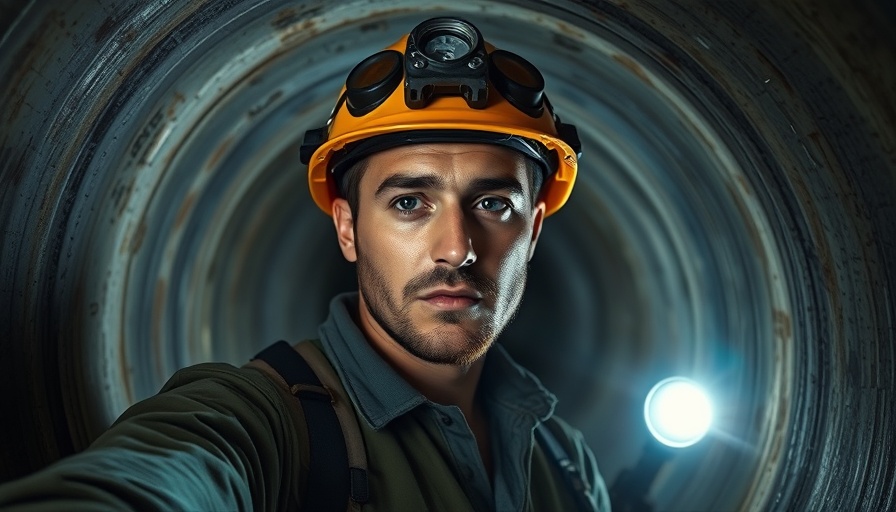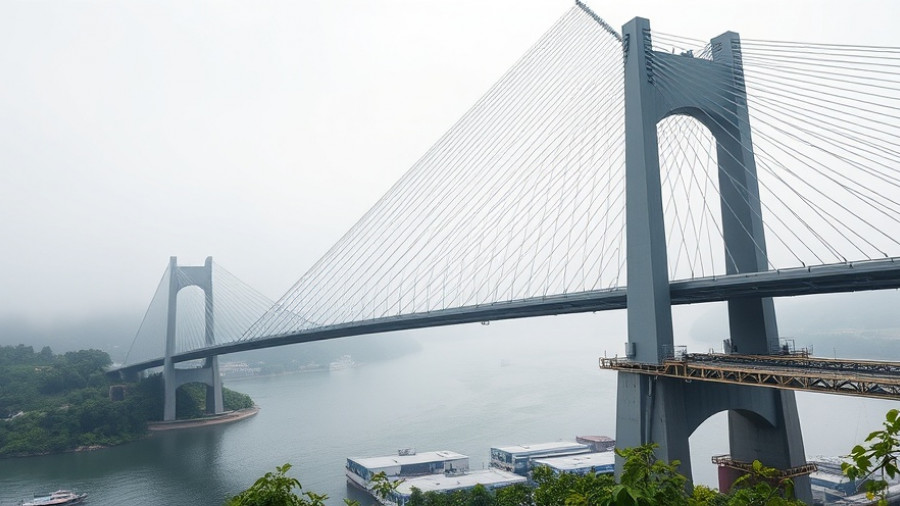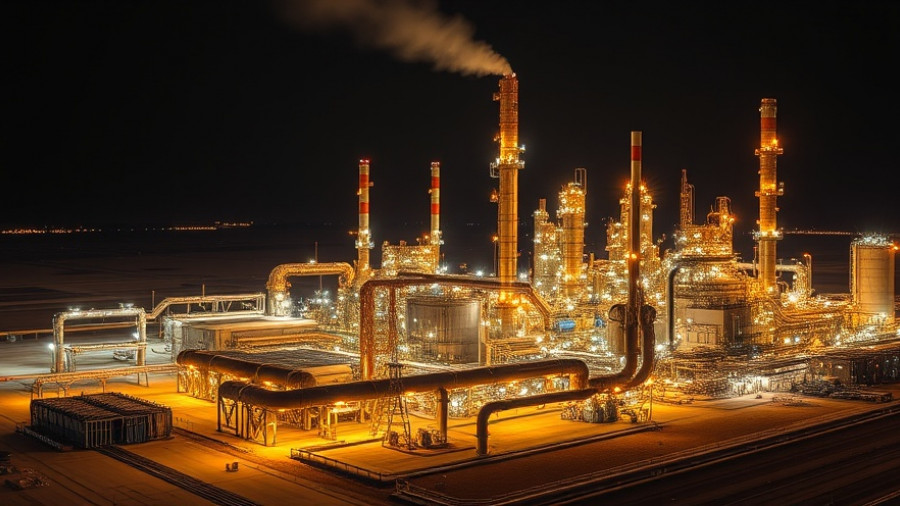
New Innovations Meet Urban Water Management
New York City has launched an exciting initiative that invites forward-thinking startups to address some of the most pressing challenges in urban water management through the newly established Water Tech Pilot Program. This program seeks innovative solutions to enhance the city’s water efficiency, a need further magnified by ongoing environmental concerns and an increasing population that strains existing resources.
The Search for Groundbreaking Solutions
The NYC Department of Environmental Protection (DEP) is at the helm of this pilot program, actively seeking startup applicants with fresh ideas. From advanced filtration systems to IoT-driven monitoring solutions, the opportunities for innovation in water technology are as deep as the city's reservoirs. With a $500,000 budget to support selected projects, the initiative promises to foster collaboration between urban planners, engineers, and entrepreneurial spirits eager to disrupt conventional practices.
Why Water Tech Matters Now More Than Ever
The urgency for tackling water management issues stems from the dual pressures of climate change and urbanization. As rainfall patterns shift and infrastructure ages, cities are struggling to maintain efficient water service and comply with environmental standards. For clients in the commercial construction sector, staying ahead of regulatory changes while optimizing costs is critical. Therefore, participating in this program not only enhances sustainability efforts but positions firms favorably in a competitive market.
Embracing Innovation in Construction Projects
The nexus of water technology and construction is ripe for exploration. The integration of smart technologies not only improves operational efficiencies but also mitigates risks associated with water waste and pollution. For instance, innovations like smart irrigation systems and water recycling facilities not only reduce operational costs but also enhance a project’s marketability by showcasing commitment to sustainable practices. As the mantra goes, what’s good for the planet can be excellent for business.
Affordable Solutions with Long-term Benefits
Potential applicants for the Water Tech Pilot Program should consider how their solutions can provide secure, scalable efficiencies that align with the city’s goals. Projects that can demonstrate a clear return on investment, both financially and environmentally, are especially appealing. Additionally, startups are encouraged to evaluate how their proposals may open doors for future partnerships with construction firms looking to implement greener technologies.
Join the Charge toward a Sustainable Future
As New York City opens its arms to innovative startup projects, the call to action is clear: embrace new technologies in water management to revolutionize the construction landscape. For construction companies looking to thrive in an era that demands sustainability, involvement in initiatives like this pilot program is not just advisable; it’s imperative.
 Add Row
Add Row  Add
Add 




Write A Comment